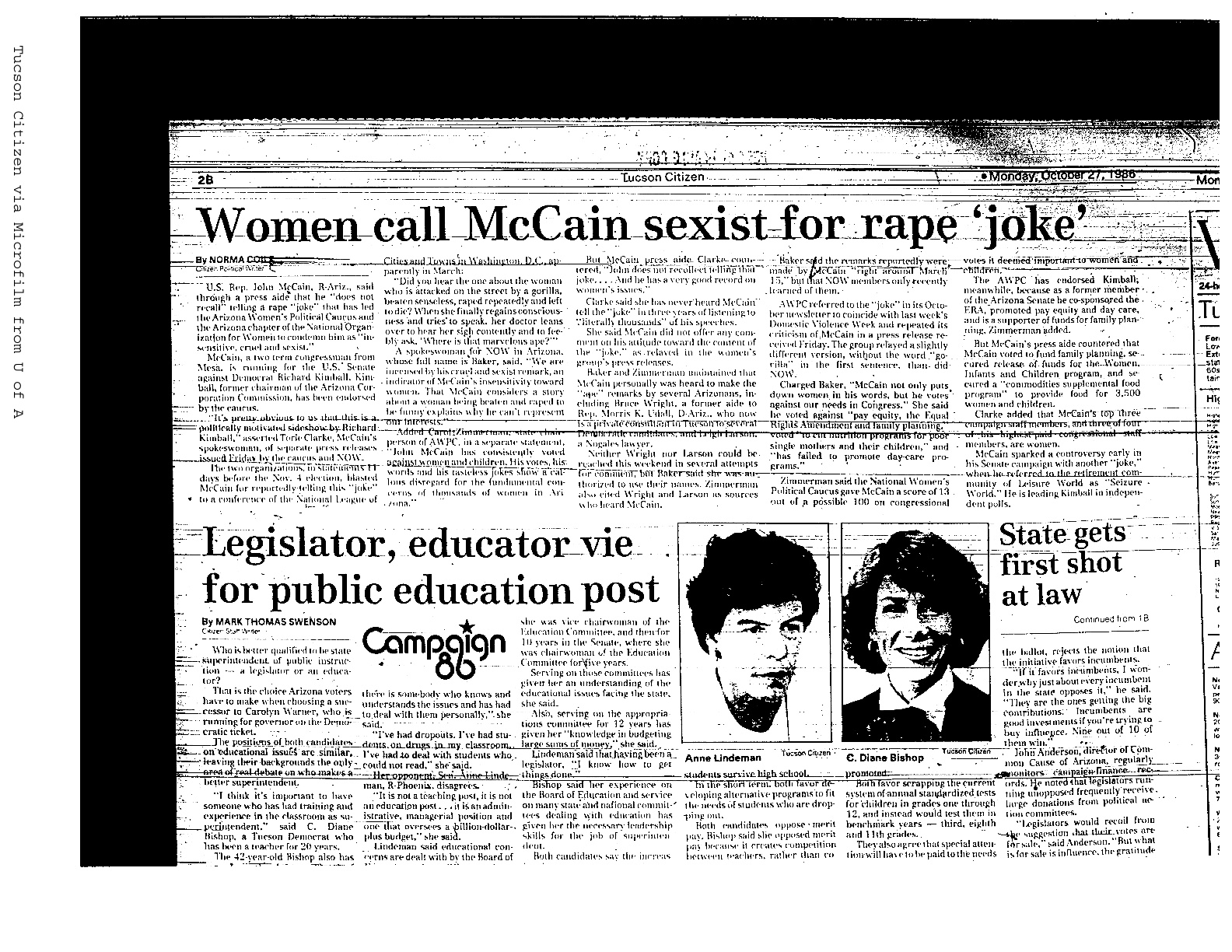The video clip The Olsen Twins Walk Into a Bar might be useful for sparking a discussion of the way in which, once shrouded in humor, nearly anything is fair game.
Found here via Copyranter.
Lisa Wade, PhD is an Associate Professor at Tulane University. She is the author of American Hookup, a book about college sexual culture; a textbook about gender; and a forthcoming introductory text: Terrible Magnificent Sociology. You can follow her on Twitter and Instagram.


















